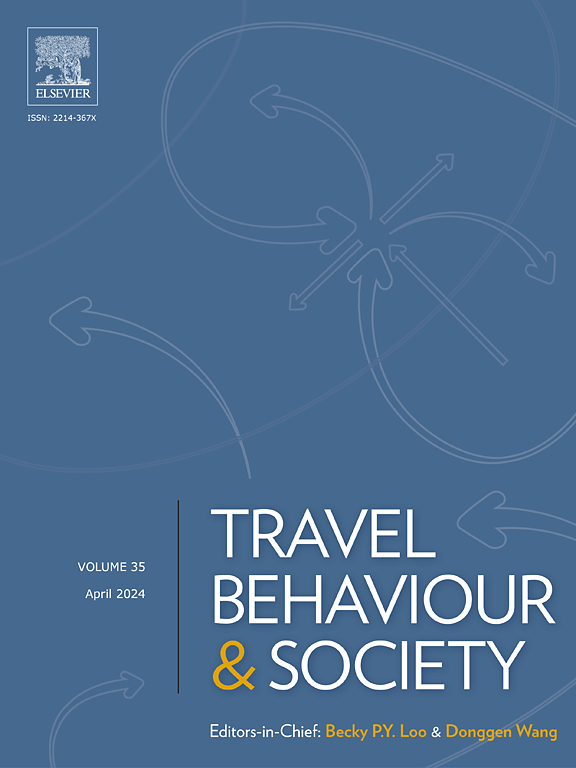基于伤害严重程度的方法,用于评估减少共享微型交通事故风险的优先领域
IF 5.1
2区 工程技术
Q1 TRANSPORTATION
引用次数: 0
摘要
最近,作为一种替代交通方式,微型交通的大规模应用正在迅速增长。然而,文献中尚未对其运行和安全方面进行广泛研究。为此,我们开发了一种新颖的方法,旨在利用基于机器学习的方法,根据预测的伤害严重程度,评估共享微型交通系统用户事故风险缓解的优先领域。本文提出的方法包括两个模型:一个是基于人工神经网络和模式识别算法的预测模型,用于估算城市区域的预期安全指标;另一个是聚类方法,通过应用地理围栏速度调节系统来确定优先干预区域。在意大利巴里市进行了一项实际案例研究,以检验建议方法的有效性。研究结果表明,可以根据预期的严重程度指数确定不同优先干预区域。所提出的方法可被视为一个决策支持系统,通过地理围栏定义优先干预区域,协助交通运营商和城市规划者管理城市地区的共享微型交通车辆,因此,它对改善微型交通的采用、道路安全和城市交通政策非常有用。本文章由计算机程序翻译,如有差异,请以英文原文为准。
An injury severity-based methodology for assessing priority areas for shared micromobility accident risk mitigation
Recently, the adoption of micromobility as an alternative mode of transportation on a large scale has been growing rapidly. However, its operational and safety aspects have not been extensively investigated in the literature. Following this purpose, we developed a novel methodology that aims at evaluating priority areas for shared micromobility system users’ accident risk mitigation based on predicted injury severity using a machine learning-based approach. The methodology proposed in this paper consists of two models: a predictive model, which is based on an artificial neural network with a pattern recognition algorithm, to estimate the expected safety indicator of an urban zone, and a clustering method to define the priority areas for intervention through the application of a geofence speed regulation system. A real case study was carried out in the city of Bari, Italy, to test the effectiveness of the proposed methodology. The results showed how it is possible to define areas for intervention with different priorities based on the expected severity index. The proposed methodology can be seen as a decision support system to assist transport operators and urban planners in regulating shared micromobility vehicles in urban areas by defining priority areas for intervention through geofencing and, therefore, it can be useful for improving micromobility adoption, road safety, and urban mobility policies.
求助全文
通过发布文献求助,成功后即可免费获取论文全文。
去求助
来源期刊

Travel Behaviour and Society
TRANSPORTATION-
CiteScore
9.80
自引率
7.70%
发文量
109
期刊介绍:
Travel Behaviour and Society is an interdisciplinary journal publishing high-quality original papers which report leading edge research in theories, methodologies and applications concerning transportation issues and challenges which involve the social and spatial dimensions. In particular, it provides a discussion forum for major research in travel behaviour, transportation infrastructure, transportation and environmental issues, mobility and social sustainability, transportation geographic information systems (TGIS), transportation and quality of life, transportation data collection and analysis, etc.
 求助内容:
求助内容: 应助结果提醒方式:
应助结果提醒方式:


